Each of the three types of registers—floor, wall, and ceiling—has specific distinctions that make them suitable for particular circumstances. Do you want to learn about this difference and what is best for your house? We have extensively researched this to provide the most appropriate answer possible.
The ideal registers for your home always depend on what you need or what temperature and airflow you want. The best choice for cooling is a ceiling register, while floor registers are effective for heating. However, wall registers are useful for air circulation.
This article will go into detail about these registers for heating and cooling systems. We'll also provide you with some guidelines on installing registers successfully, as well as the most effective registers. So keep reading.
Floor Vs. Wall Vs. Ceiling Registers
Air registers feature slatted openings in the floor, wall, or ceiling that users can manage with an adjustable damper.
The damper typically consists of a rolling guide or a lever on one side of the vent, and it opens or closes access to the air duct to manage airflow. To learn more about the differences between the registers, read the information below.
Floor Registers
Ideal Function
Floor registers are typically the most sensible option if you live in a climate where you require heating more frequently than cooling. Warm air rises by nature. Your heated air rises toward the ceiling from the floor and heat the space as it does so.
However, if you install your registers on the ceiling, a lot of your warm air will collect in the room's upper section, where it won't be of much use to you.
Click here to see this floor register on Amazon.
Common Placement
In order to allow the warm air they produce to blend with the cool air coming from the windows, floor registers are often positioned beneath them. Another typical site is close to an internal wall.
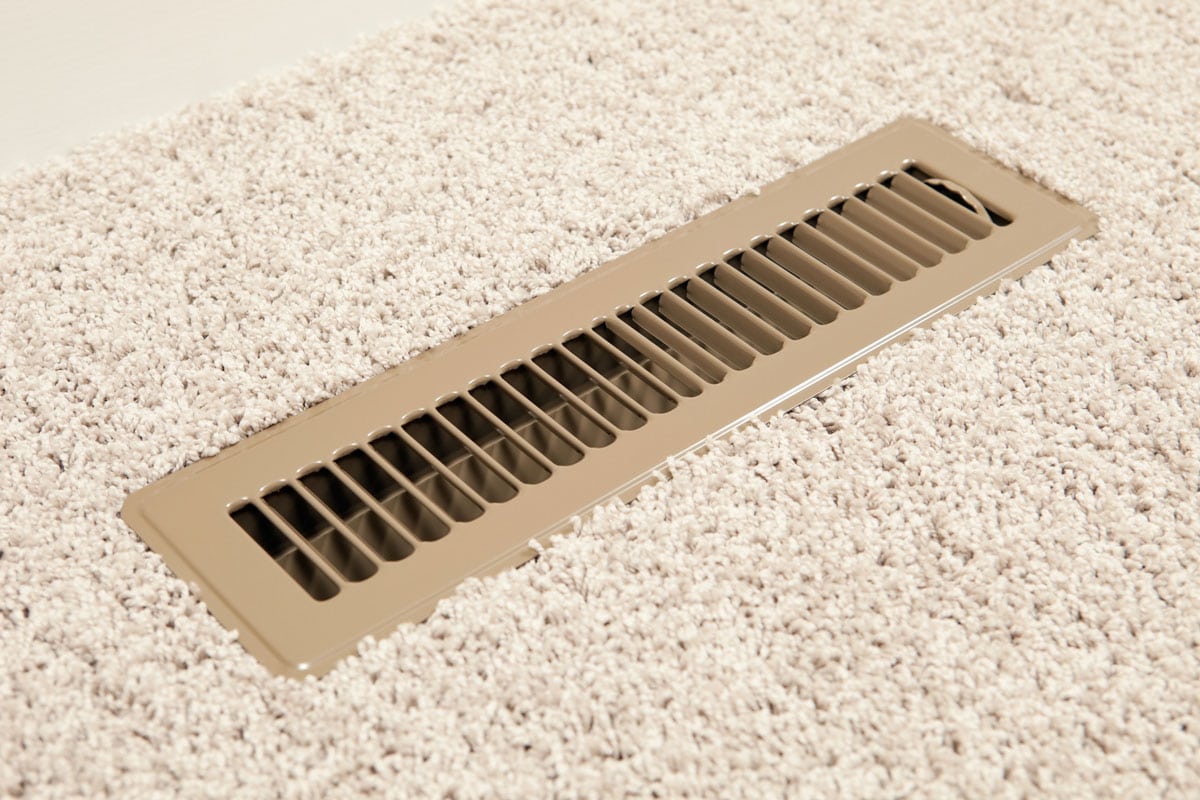
If you desire floor registers, you might also need to create a duct chase under the floor, which will increase the expense and difficulty of installation. This depends on where your air handler is located.
System Downside
Accessibility Difficulties
It can be very challenging to access ducting for maintenance such as addressing ductwork leaks, pest/animal damage, insulation issues, etc. if it is located in a crawlspace.
Furniture Problems
Floor registers in very tiny spaces might make it challenging to arrange the furniture you desire, especially if the register is close to a corner.
By blocking the register with furniture, you may be stressing the parts of your heating and cooling system and reducing the amount of air that can be provided.
Dirt Accumulated Rapidly
Floor registers can become quite dirty very fast over time as a result of dirt and debris tracked into your home, necessitating more frequent duct cleaning.
Dropped Items By Kids
Children, especially small ones, are unpredictable because they may unintentionally sabotage air quality and damage floor AC ducts by shoving things into them, including tissues, toys, dirt from potted plants, etc. The possibilities, unfourtunately, are limitless.
Wall Registers
Ideal Function
Air from high-wall registers does not immediately hit you. The air they give instead spreads across the top of the space and combines with the ambient air. As this air flows, it drags air from the surrounding space up toward it, enhancing air circulation even further.
Click here to see this wall register on Amazon.
Common Placement
In cold regions, wall registers are placed low on the inside walls, while in hot climates, they are placed high on the interior walls.
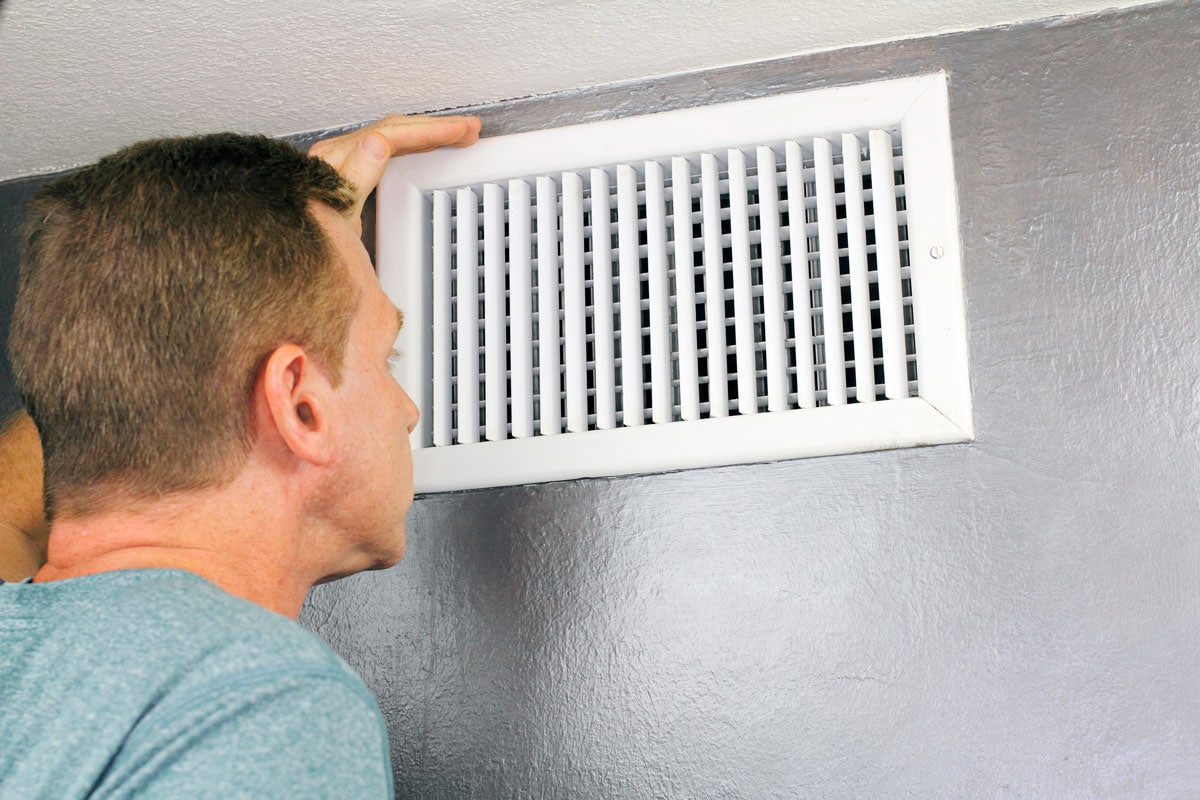
System Downside
More Visible
Wall registers provide for more open floor space. On the other side, they are more noticeable and may not fit in with your other decor or wall art.
Difficult Installation
Even for an expert, installing these registers and attaching the ducts to them is a challenge. Wall registers might not be an option unless you're also conducting significant remodeling while upgrading an existing heating and conditioning system.
May Develop Cold Spots
Wall registers cause hot air to climb from the wall to the ceiling. With the set-up of this register, the bottom half of your rooms might be noticeably cooler, which can potentially result in cold spots in your home.
Ceiling Registers
Ideal Function
Ceiling registers are typically preferred when cooling is required throughout the majority of the year in a warm environment. The cool air coming from your ceiling registers will circulate throughout your entire home rather than collecting close to the floor since cool air falls as warm air rises.
Click here to see this ceiling register on Amazon.
Common Placement
A common place for ceiling registers is over a window, with the register pointed to blow air toward the window.
Less frequently, a ceiling register is positioned close to an interior wall so that it blows toward the wall across from the door or the biggest window in the space. This location requires less ducting than a register above the window, which makes installation slightly less expensive.
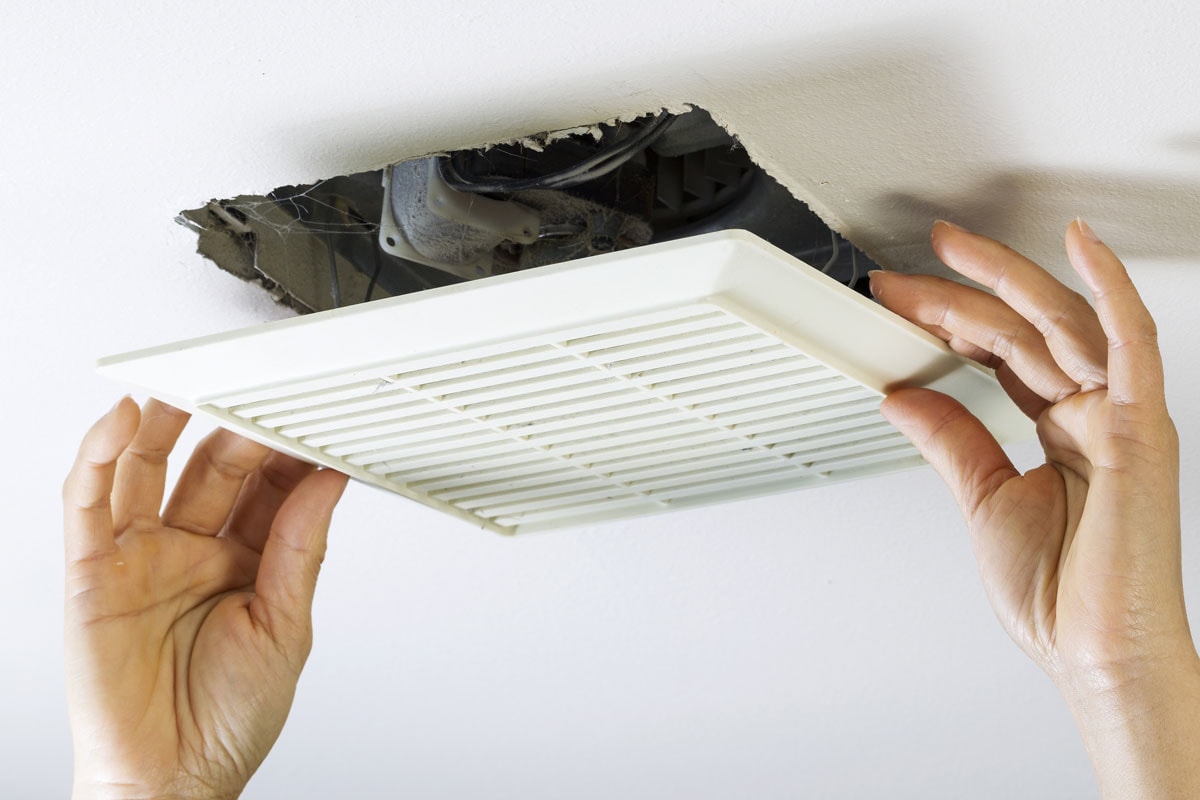
Another option is a four-way register in the center of the space. The register can be slightly shifted toward an outside wall if the exact center of the ceiling is already taken by another light.
System Downside
Ineffective Heating Air Distribution
Heat transfer will cause some warm air to be lost if the unit is used continuously. Heat rises, thus if it begins at the ceiling, it can only move upward.
Less Airflow In Low Ceiling
The quantity of heat delivered into your home could be reduced by as much as 15% as a result of lesser airflow if you have low ceilings or short ducts connecting the furnace to overhead vents high on the walls.
Placing Unit System In Unconditioned Areas
The system's counterpart of the ceiling register is usually placed at the attics. And these areas frequently experience dusty conditions and high temperatures, which can cause additional equipment wear and tear and increase heat transfer loss.
Hassle to Maintain
For them to remain effective and to maintain the quality of your indoor air, you must climb up and clean your ceiling air registers once a year.
Floor Vs. Wall Vs. Ceiling Registers: Which Is More Efficient?
All of them are equally efficient. One type of vent may be more efficient than the other depending on the climate where you live and the kind of HVAC system you have. But most of the time, there isn't much of a difference.
Which fits better with the décor of your home is then a matter of personal preference. Only registers that have a Seasonal Energy Efficiency Ratio (SEER) rating are worth taking into account when it comes to efficiency.
This informs you of the actual air delivery rate to your home. The higher the SEER rating, the more effectively the product will distribute conditioned air into your home.
Guidelines For Having An Effective Register For Your Home

Even if you don't install the system yourself, being aware of the guidelines will help you make better decisions about purchasing any heating and cooling systems. Some guidelines below should be taken into consideration if you want to have successful home air registers.
1. Air Movement

Installing ducts will help you make the most of the air circulation that occurs naturally. For example, air returns—the sizable ducts that bring air back to the central unit—must build high up on the walls of each upper story in order to gather warmer air and return it for cooling.
Installing a return to collect cooled air and return it for heating at a low place on the first floor is a requirement for efficient heating.
Thus, warm air registers need to be on the floor or low on the wall, whereas cold air registers need to be positioned high up on the wall. The ideal setups might call for a combination.
2. Duct Installation
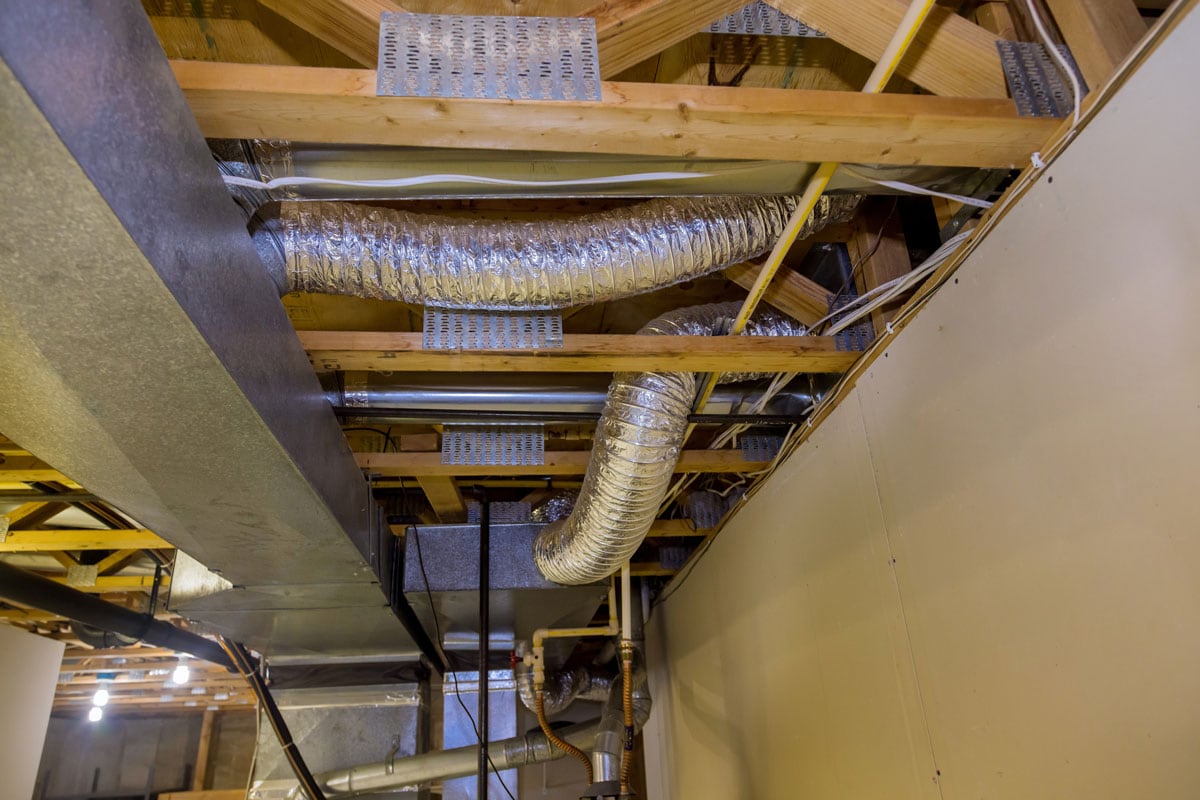
Install the ducts as straight as possible from the basement to each register. The reason is that the air will flow more slowly and provide less air to the register if there are more turns to make. Use a fitting made for turns whenever you make one. That will maintain effective airflow.
External walls, which are the coldest, are where heating ducts should emerge. If there are two external walls, then both require the installation of registers in the middle (either on the floor or low on the wall). If the room is small, even with two external walls, one duct might still function.
Moreover, each register should have its own duct that feeds it directly from the central unit. For example, all the heat would go to the second level if the second and third floors had registers stacked on a single duct.
3. Duct Insulation
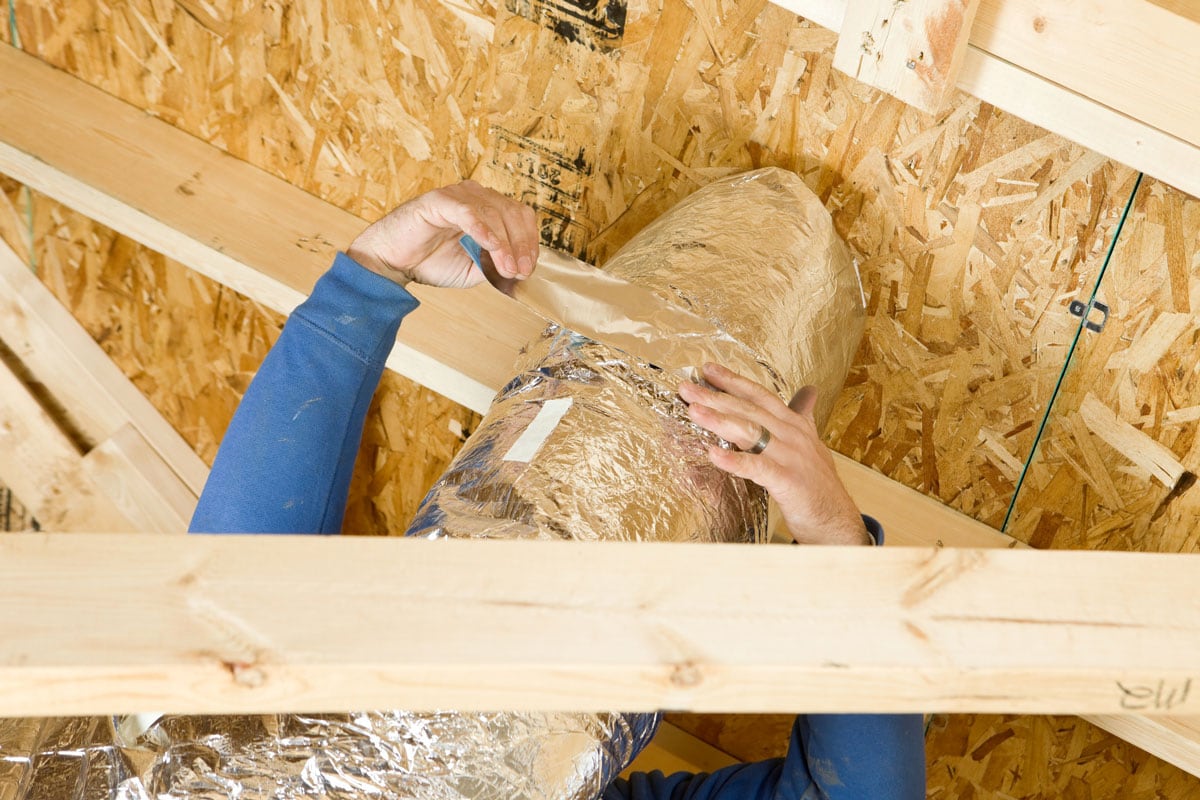
It is advisable to insulate ducts that pass through unheated areas. On the way to the register, an uninsulated duct will lose a lot of heat. Especially, if you're building an addition over an unheated crawl space, this guideline is very crucial.
4. Duct Route For Register’s Opening
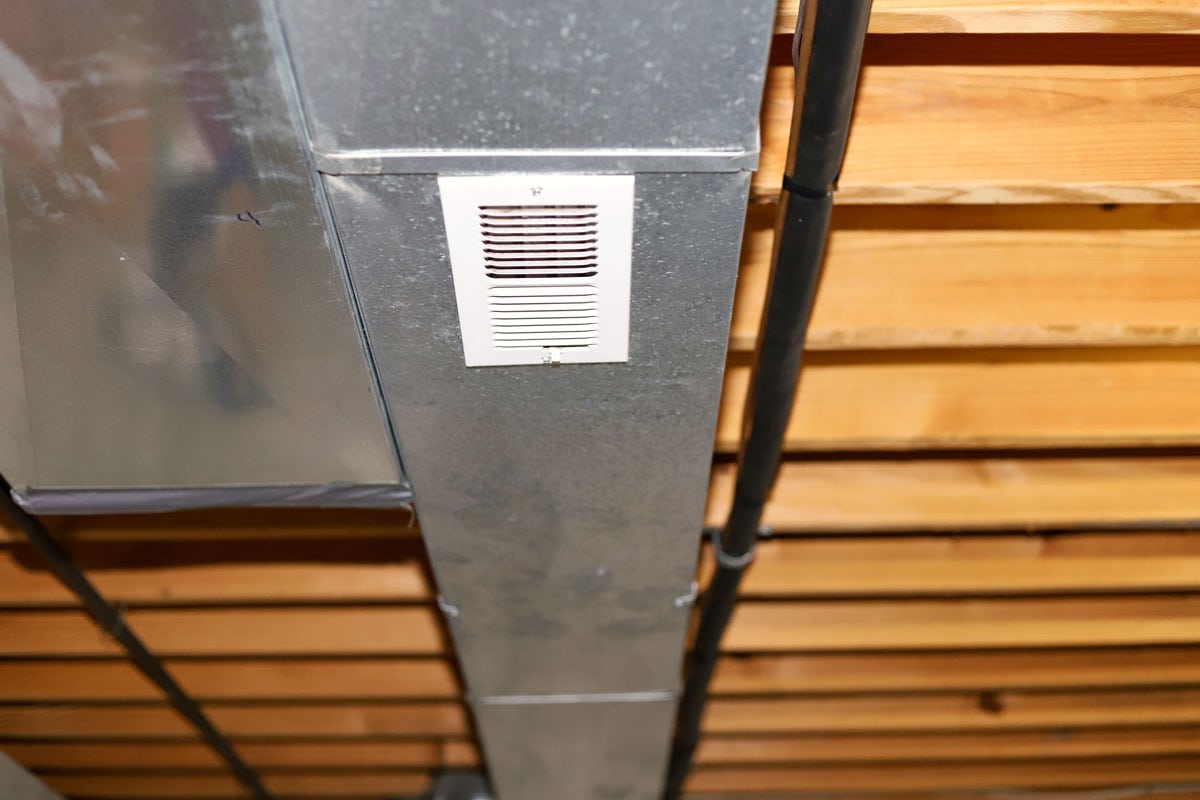
Before you begin drilling any holes for your registers, plan out your duct's route to higher floors. Run the ducts between wall studs. Then, turn into the joist bay. Make sure there is enough space between the studs and the bays for a clear path.
Wrapping Things Up

We hope this article helps you in choosing the right kind of air registers to maintain ideal temperatures and airflow for your home. However, it is best to give a professional consultation some thought. With a little assistance, you can make your rooms much more comfortable while using less energy.
Before leaving, check out some related topics below to understand more about registers.



